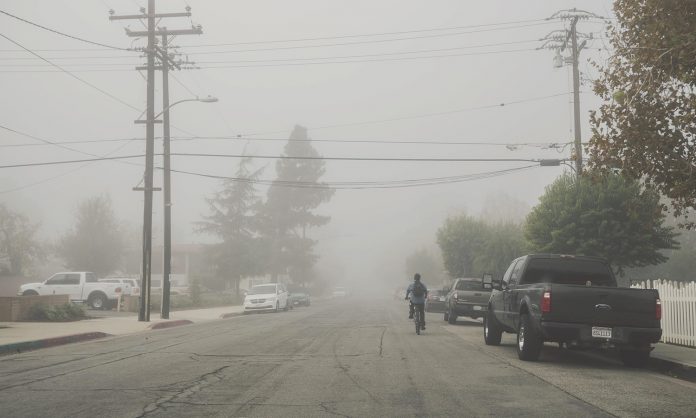
In a new post, C.S. Lakin offers advice on using setting to reveal character. “All of us are impacted by setting,” she says. “Every place we’ve been has made an imprint on us in some way, whether small or significant.”
Setting can trigger character revelations, internal and external conflict, and obstacles. Lakin suggests combing your memory for places where you felt safe, happy, or secure, as well as locations where you felt threatened, isolated, or afraid. Conduct this same exercise for your characters to create their baggage. “Simply put, they have issues, and many of these issues can be traced back to a specific setting, such as academic failures in the classroom, a brutal attack in a dark alley, or abuse in one’s home,” Lakin writes. “Conflict can be introduced through revisiting an old, painful setting because it will bring to mind bad memories and stir up unwanted emotions for your character, reminding him of when he was most weak and vulnerable.”
Consider how your characters may react to revisiting these memories. Do they falter or lash out in anger? Do they find it easier to forgive or trust? “They could shut down completely, rewrite the past in their own minds, regress into fantasy, or lie in order to cover up the past—the possibilities for conflict are virtually endless when a character is reintroduced to a painful setting,” Lakin notes.
Your characters’ experience with setting influence where they live, work, and play in the present. Did your protagonist return to their home town or avoid? Does your hero embrace their city or leave it as soon as they can? Link your protagonist’s backstory, wounding event, and the setting to create richer experiences. “When you put your character in a similar place (or the same place) as that past trauma, it can trigger all those memories and make it hard for her to handle,” Lakin says. “Little details in a setting can be triggers—a flower, a sign, an old rusty truck, a certain smell or sound. Work to embed these into your story so they help reveal character.”











